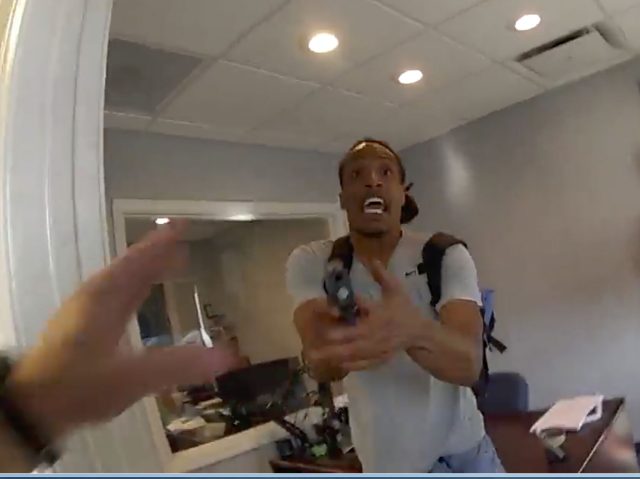Animal shelter spat continues in Butler County
Published 12:00 am Monday, June 23, 2008
Butler County is still receiving calls from upset animal advocates after a recent controversy between the new director of its animal shelter and a volunteer.
County Judge-Executive David Fields said he is working with the Kentucky Animal Shelter Board to find someone qualified to do a review of the entire Butler County Fiscal Court Animal Shelter operation. The board is part of the Kentucky Department of Agriculture.
Since the initial complaints, there have been a number of rescue groups that have stopped working with Butler County’s shelter, Fields said.
“We want a qualified representative to look at everything to make sure we’re doing the right things – nothing will be off limits,” he said. “If they say we’re doing something wrong, we’ll try to correct that as soon as possible.”
Ann Nash, a volunteer at the shelter, previously questioned the county euthanization standards.
“I haven’t been there much in the past few weeks, since they stopped me from going into the intake area,” she said.
The adoption area is currently full and it’s unknown how many animals are at the large intake facility, Nash said.
It would be great for someone qualified to review the operation, she said.
“At least maybe that would get some fans or something for the dogs in the intake barn,” Nash said.
Currently, animals are left at the closed building in the dark from 1 p.m. until the facility reopens at 8:30 a.m., she said.
The county’s problem before was that it didn’t have any rules at its shelter, Fields said.
“The tough part is putting them into practice and trying to make things better,” he said.
There have been problems at the shelter, such as dogs being adopted out before the mandated five-day waiting period, Fields said. Now, no matter how an animal is brought to the shelter, it will remain there for five days.
Since taking office in 2007, there have been a lot of improvements to the shelter to make things better for the animals, Fields said.
Nash said her problem stemmed from the fact that the facility was euthanizing healthy dogs.
“They were killing dogs that had already been adopted,” she said. “While I was volunteering, the adoption rate was 95 percent. A dog or cat would get there on Monday and I would have them going out that weekend.”
But the shelter had to euthanize some animals because they weren’t able to get them adopted, Nash said.
Fields said he wants the state board to pick the person who reviews the shelter so that no one can say the county attempted to influence the results.
“Everyone has different ideas about how the shelter should be run,” Fields said.
Fields said he hopes having a qualified person reviewing the shelter’s operation will put an end to all the questions.
The results of the review of the facility and its operations will be made public, Fields said.






